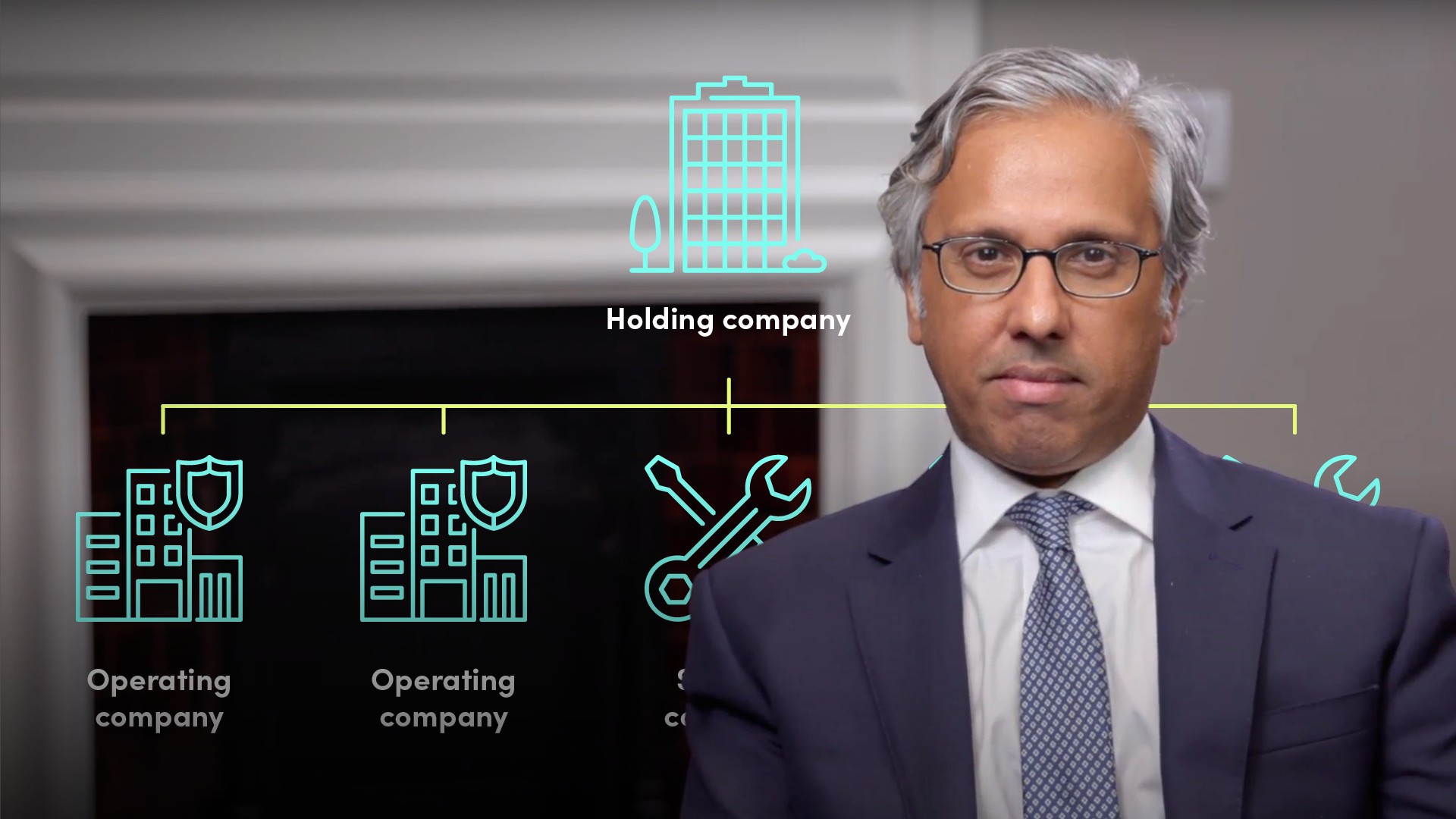
Insurance Company Credit Rating Introduction

Gurdip Dhami
25 years: Treasury & ratings
In the first video to this series, Gurdip lays out the background of credit ratings, what they are, which entities are rated, and the scope of insurance ratings methodologies.
In the first video to this series, Gurdip lays out the background of credit ratings, what they are, which entities are rated, and the scope of insurance ratings methodologies.

Insurance Company Credit Rating Introduction
13 mins 11 secs
Key learning objectives:
Describe Financial Strength Rating
Understand the scope of insurance ratings methodologies
Define Group Methodology
Overview:
Rating methodologies are also known as rating criteria. They are used by the agencies to assign initial ratings and to assess the ratings on an ongoing basis. Knowledge of rating methodologies is useful for anyone who is in charge of managing their company’s rating, investors, regulators and intermediaries such as advisors.
What is a credit rating?
Credit ratings are forward-looking opinions produced by rating agencies on the relative credit strength of issuers or instruments issued by them such as corporate bonds – that is, how relatively likely is it that interest and capital will be paid on time and in full by a company.
- For example, using a common rating agency scale, in the opinion of an agency, a AA bond is relatively less risky than a single A bond from a credit perspective.
- Each rating agency has its own rating scale which can be found on its website. For S&P and Fitch the scale goes from AAA to D and for Moody’s it goes from Aaa to C.
What is a Financial Strength Rating?
The agency's opinion of the insurance company to pay in full and on time policyholder claims. The rating agencies use the Financial Strength Rating as an ‘anchor’ rating to derive the credit ratings of:
- The insurance operating companies
- The holding company
- The debt issued out of operating companies and/or the holding company.
Financial Strength Ratings have the same rating scales as credit ratings. The agencies each use slightly different names for their Financial Strength Ratings: Moody’s calls them Insurance Financial Strength Ratings, Standard & Poor’s uses Financial Strength Rating and Fitch uses the term Insurer Financial Strength rating.
Which entities are rated?
The agencies publish credit ratings for legal entities and not insurance groups. For example if an insurance group has two or more main operating companies owned by a holding company, then ratings can be published for each of the operating companies and the holding company.
What is the scope of insurance ratings methodologies?
The three main agencies have global methodologies for insurance companies but they adjust for regional variances as required.
Both S&P and Fitch use the same methodology for rating Life and Non-Life companies but there is a greater emphasis on Reserve Adequacy for Non-Life companies given the relatively shorter book of business. Moody’s has a different methodology for Life and Non-Life companies which are very similar. The main difference between the two versions is that there is a Credit Factor for Reserve Adequacy in the Non-life version which replaces the Liquidity credit factor in the Life version.
Why might analysts adjust the scores?
- If they believe the scores don’t adequately reflect the credit strength or weakness of the credit factor.
- Or the analysts may give more weight to a credit factor than the standard weighting set out in the rating methodology.
When assessing credit factors, what will agencies use?
Both historic data and forecasts provided by the insurance company. They will also examine stress tests conducted by insurance companies or use their own. As a starting point the agencies will use the published financial statements of the insurance company but if these are in local GAAP instead of IFRS then they may make adjustments.
What is Group Methodology?
It is common for insurance companies to be part of a group and the agencies employ group methodologies to rate the individual legal entities. For example an insurance group could consist of two or more insurance operating companies, some servicing companies, a financing entity that issues debt and a holding company.
How are the insurance companies rated in a group methodology?
- Usually, the agencies use their insurance rating criteria to rate the group as if it were one legal entity using the group consolidated results to produce a notional group rating.
- The main operating companies are then usually assigned the group rating and the holding company is usually given a weaker rating to take into account its structural subordination.
- The rating agencies will examine the characteristics of the operating companies to assess their rating level. For example, if an operating company is much smaller than the others, has a different brand, is in a different country and has much greater leverage than the group average, then the agency is likely to rate it lower than the group average rating.

Gurdip Dhami
There are no available Videos from "Gurdip Dhami"

